Summary
More equity investors that are involved with projects to receive income tax credits and other income tax benefits might be able to use the proportional amortization method (PAM) to account for their investments.
On March 29, 2023, the Financial Accounting Standards Board (FASB) issued Accounting Standards Update (ASU) 2023-02 (“the Update”) to expand the use of the PAM for certain tax credit equity investments. Qualifying equity investments are investments with yields generated primarily through income tax credits and other income tax benefits and that meet other criteria. Previously, the PAM was only available to account for low-income housing tax credit (LIHTC) investments as an alternative to either the cost or equity method.
The Update also affects tax equity investments in LIHTC structures through limited liability entities that are not accounted for using the PAM method (that is, it is accounted for using the cost or equity method).
New disclosure requirements apply to investments that generate income tax credits and other income tax benefits from a tax credit program for which the entity has elected to apply the PAM (including investments within that elected program that do not meet the conditions to apply the PAM).
Background
Prior to this Update, noncontrolling equity investments in other tax credit programs, such as New Markets Tax Credit (NMTC) and Renewable Energy Tax Credit (RETC) programs were generally accounted for under the equity method of accounting. Under this method, the accounting for the investment and the tax credits is presented on a gross basis in the income statement, which many stakeholders believe does not accurately reflect the true economics.
Due to a request by stakeholders, the use of the PAM has been expanded to a greater population of tax credit equity investments and should provide more consistent accounting and a greater understanding of these arrangements by financial statement users. Accordingly, tax equity investments in NMTC structures, RETC structures or other tax credit programs can now be accounted for using the PAM if all the criteria are met and the tax equity investor elects to do so.
Main Provisions
The PAM recognizes the amortization of the equity investment, income tax credits and other income tax benefits (such as depreciation) on the income tax line of the income statement. The amortization of the equity investment is recognized each period in proportion to the tax equity investor’s share of the income tax benefits for such period over the investor’s share of the total anticipated income tax benefits for the life of the investment.
All of the following requirements must be met for a tax equity investor to elect the PAM for an equity investment:
- It is probable that the income tax credits allocable to the tax equity investor will be available.
- The tax equity investor does not have the ability to exercise significant influence over the operating and financial policies of the underlying project.
- Substantially all the projected benefits are from income tax credits and other income tax benefits. Projected benefits include income tax credits, other income tax benefits and other non-income-tax-related benefits. The projected benefits are determined on a discounted basis, using a discount rate that is consistent with the cash flow assumptions used by the tax equity investor in making its decision to invest in the project.
- The tax equity investor’s projected yield based solely on the cash flows from the income tax credits and other income tax benefits is positive.
- The tax equity investor is a limited liability investor in the limited liability entity for both legal and tax purposes, and the tax equity investor’s liability is limited to its capital investment.
Prior to the Update, ASC 323-740, Investments-Equity Method and Joint Ventures-Income Taxes, included specialized guidance for LIHTC investments not accounted for using the PAM. The Update:
- Removes the ability to account for LIHTC investments under a specialized cost method. Therefore, if the tax equity investment is not in the scope of the equity method, it will be accounted for under ASC 321, Investments-Equity Securities.
- Removes the specific equity method impairment guidance for LIHTC. Therefore, if a tax equity investment is accounted for under the equity method, impairment will be measured using the other-than-temporary model in the general sections of ASC 323.
- Requires all tax equity investments accounted for using the PAM to use the delayed equity contribution guidance in ASC 323-740-25-3, which requires a liability to be recognized for delayed equity contributions that are unconditional and legally binding or for equity contributions that are contingent upon a future event when it becomes probable.
Insight
- The PAM only applies to arrangements in which a tax equity investor has an equity investment that is within the scope of ASC 323, Equity Method Investments. To determine whether an investor has an equity investment in a qualifying entity, it may first need to evaluate intermediary entities for consolidation under ASC 810, Consolidation. The conclusion of whether an investor would consolidate such entities will vary depending on facts and circumstances.
- A tax equity investor makes an accounting policy election to apply the PAM on a tax-credit-program-by-tax-credit-program basis rather than electing to apply the PAM method at the tax equity investor level or to individual investments. Further, a tax equity investor that applies the PAM to qualifying tax equity investments must account for the receipt of the investment tax credits using the flow-through method under ASC 740, Income Taxes, even if the tax equity investor applies the deferral method for other investment tax credits received.
- A tax equity investor should evaluate its eligibility to use the PAM at the time of the initial investment based on facts and conditions that exist at that date. It should reevaluate those conditions, if necessary, upon a change in either the nature of the investment (for example, if the investment is no longer a flow-through entity for tax purposes) or the relationship with the limited liability entity that could result in the tax equity investor no longer meeting the conditions to apply the PAM.
- Non-income tax credits (for example, refundable credits) are accounted for in pre-tax income (“above the line”) under U.S. GAAP. Tax credits generated pursuant to the Chips and Science Act of 2022 and certain credits enacted in the Inflation Reduction Act of 2022 meet the definition of refundable credits. In applying the “substantially all” test in the third criterion, these credits are considered only as part of the denominator in the fraction, which could make it more difficult (but not impossible) to meet that criterion
Disclosures
The Update prescribes disclosure requirements with respect to all investments that generate income tax credits and other income tax benefits from a tax credit program for which the tax equity investor has elected to apply the PAM. These disclosures are required for interim and annual periods and should include:
- The nature of the investments
- The effect of the recognition and measurement of its investments and the related income tax credits and other income tax benefits on its financial position and results of operations
The required disclosures are as follows:
- The amount of income tax credits and other income tax benefits recognized during the period, including the line item in the income statement and cash flow statement in which it has been recognized
- The amount of investments and the line item in which the investments are recognized in the balance sheet
- For investments accounted for using the PAM:
- The amount of investment amortization recognized as a component of income tax expense (benefit)
- The amount of non-income-tax-related activity and other returns received that is recognized outside of income tax expense (benefit) and the line item in the income statement and cash flow statement in which it has been recognized
- The significant modifications or events that resulted in a change in the nature of the investment or a change in the relationship with the underlying project
Effective Dates and Transition
Public business entities are required to adopt the Update in fiscal years beginning after December 15, 2023, including interim periods within those fiscal years. All other entities are required to adopt for fiscal years beginning after December 15, 2024, including interim periods within those fiscal years.
Early adoption is permitted for all entities in any interim period. If an entity adopts the provisions in an interim period, it must adopt them as of the beginning of the fiscal year that includes such interim period.
Entities may choose between the retrospective or modified retrospective transition options (see special rules below concerning LIHTC investments not accounted for using the PAM).
Modified retrospective method
The tax equity investor evaluates all investments in which it expects to receive income tax credits or other income tax benefits as of the beginning of the year of adoption. The determination as to whether the investment qualifies for the PAM is made as of the investment date. A cumulative effect adjustment reflecting the difference between the previous and new accounting is recognized in the opening balance of retained earnings as of the beginning of the period of adoption.
Retrospective method
The tax equity investor evaluates all investments in which it expects to receive income tax credits or other income tax benefits as of the beginning of the earliest period presented. The determination as to whether the investment qualifies for the PAM is made as of the investment date. A cumulative effect adjustment reflecting the difference between the previous and new accounting is recognized in the opening balance of retained earnings as of the beginning of the earliest period presented.
Specific transition rules apply to LIHTC investments that are affected by the changes with respect to:
- The cost method guidance that was previously in ASC 323-740
- The impairment guidance for equity method investments that was previously in ASC 323-740
- The delayed equity contribution guidance in ASC 323-740
To recognize the effect of these changes, the tax equity investor must either use its general transition method (for example, retrospective, modified retrospective) or apply a prospective approach. This election may be made separately for each of the three transition adjustment types described above. However, a tax equity investor applies a consistent transition method for each transition adjustment type.
Written by Daniel Newton, Thomas Faas and Steve Maniaci . Copyright © 2023 BDO USA, LLP. All rights reserved. www.bdo.com





